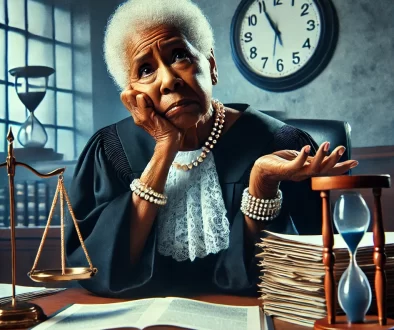Understanding CPLR §3212: Summary Judgment in New York State
In the realm of legal proceedings in New York State, CPLR §3212 holds significant weight, particularly concerning the process of summary judgment. As a pivotal component of civil litigation, summary judgment serves to expedite the resolution of cases where there are no genuine issues of material fact in dispute. Let’s delve into the essence of CPLR §3212 and its implications within the New York legal landscape.
Overview of CPLR §3212
CPLR §3212, nestled within the New York Civil Practice Law and Rules (CPLR), delineates the framework for seeking summary judgment in state courts. This section outlines the procedural steps, prerequisites, and standards for granting summary judgment motions, aiming to foster efficiency and fairness in the legal process.
Grounds for Summary Judgment
One of the core aspects outlined in CPLR §3212 is the establishment of grounds for summary judgment. To succeed in a motion for summary judgment, the moving party must demonstrate that there are no genuine issues of material fact in contention. Material facts are those pivotal to the case’s outcome, and their absence clears the path for summary judgment.
Timing and Procedure
CPLR §3212 stipulates the timing and procedure for filing a motion for summary judgment. Parties typically file such motions after the conclusion of discovery, where relevant evidence has been gathered and exchanged. The motion must be supported by affidavits, pleadings, depositions, or other evidentiary materials that establish the absence of genuine issues of fact.
Burden of Proof
Moreover, CPLR §3212 elucidates the burden of proof incumbent upon the parties involved. The moving party bears the initial burden of demonstrating the absence of genuine issues of material fact. Once this prima facie showing is made, the burden shifts to the non-moving party to produce evidence that raises a genuine dispute as to the material facts.
Significance in Litigation
The significance of CPLR §3212 cannot be overstated in the realm of civil litigation in New York. Summary judgment motions serve as potent tools for disposing of cases efficiently, sparing parties the time and expense of a full trial when genuine disputes are lacking. Additionally, the availability of summary judgment encourages parties to focus on substantive legal issues rather than engaging in protracted litigation.
Conclusion
In conclusion, CPLR §3212 stands as a cornerstone of summary judgment practice in New York State. By delineating the grounds, procedure, and burden of proof for summary judgment motions, this statute plays a pivotal role in streamlining the litigation process and promoting the efficient resolution of disputes. Understanding CPLR §3212 is essential for practitioners and litigants navigating the complexities of civil litigation in the Empire State.
I’m Randy Morano—a father, author, and staunch advocate for parental alienation awareness. My journey through the depths of parental alienation has transformed me into a passionate advocate, dedicated to shedding light on this overlooked form of emotional abuse.
As a survivor, I understand the profound impact of parental alienation firsthand. Through my writing and advocacy efforts, I aim to raise awareness, empower others, and provide support to families in need. Join me in the fight for change and hope.


